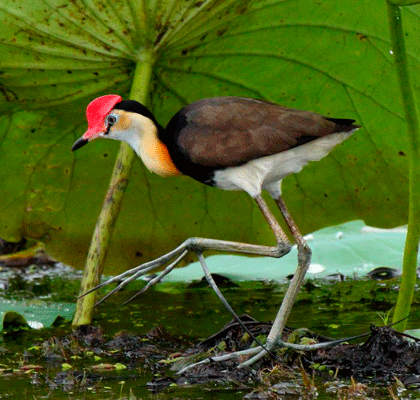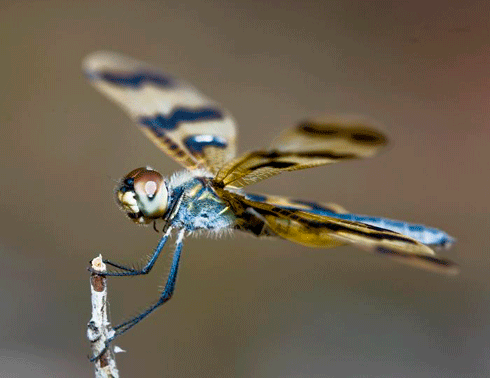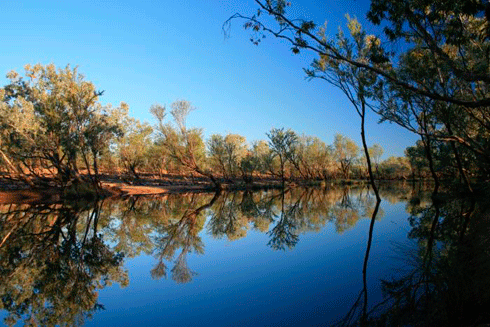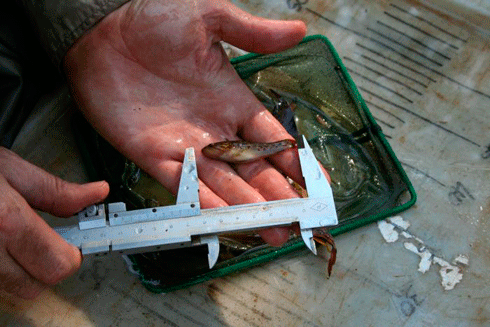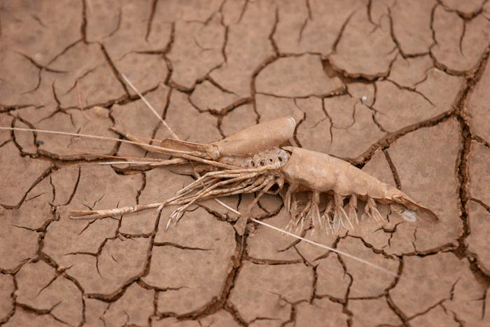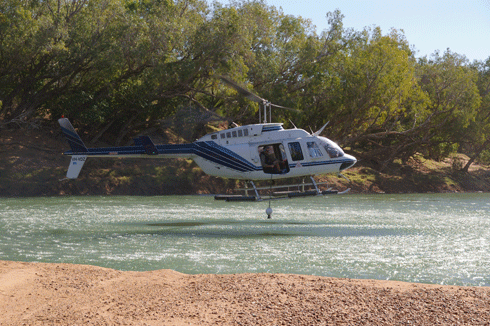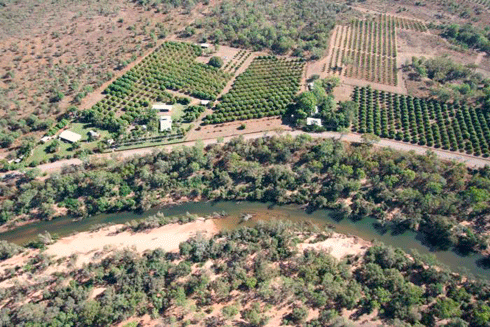
|
Published: 11 January 2012
Northern Australia’s disappearing native mammals
The Northern Australian landscape is a spectacular, vast and wild place. It is a land of crocodiles, dingoes and endless bush. It forms a refuge for many wildlife species that have disappeared or declined in other parts of the continent, such as bush stone-curlews and nailtail wallabies.

|
|
Paperbark forest in the wet season, Kakadu National Park: in the ten years from 2001–11, native mammal populations in the park have dropped by 75 per cent. Credit:
Sally Greenaway/Parks Australia
|
Much of the landscape is still managed as it has been for tens of thousands of years by Indigenous landowners. The environment seems little changed since European settlement, and has few human inhabitants.
But look more closely, and a different picture emerges. A series of recent studies I’ve been involved with – along with researchers from the Northern Territory Department of Natural Resources Environment the Arts and Science, and Charles Darwin University – have revealed that some key areas in the North are fast losing species.
Much of the work has been concentrated in Kakadu National Park. Since 2001, we have been surveying 136 sites across the park. Over that time, mammal populations have dropped by an average of 75 per cent. The number of sites classified as ‘empty’ of mammal activity increased from 13 per cent in 1996 to 55 per cent in 2009. Similar declines have occurred in many other areas of Northern Australia.
Let me give you one example. Australia was once home to three species of rabbit-rats (Conilurus species). These are elegant docile rodents, much like guinea-pigs, but with long, beautiful, tufted tails – very sweet-looking creatures. Most Australians would never have heard of them, let alone seen them.
Their fate is symptomatic. One species, from north-eastern Australia, disappeared without ever having been recorded as a living animal in the scientific record. Its existence is known only from remains in owl pellets and from subfossils1 that have been dated to as recent as the last century. Another species, from south-eastern Australia, became extinct very soon after the arrival of livestock, cats and foxes.
Given the comparative lack of environmental modification in Northern Australia, we may have thought the third, and sole surviving, species – the brush-tailed rabbit-rat, which occurs across the north of the continent – to be secure. It turns out this presumption is false. During the period of my research, the species has disappeared from many areas: including, it seems, its previous stronghold in Kakadu National Park.
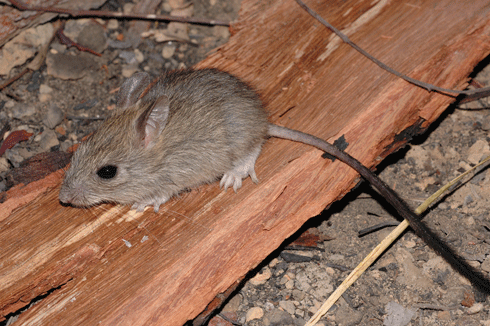
|
|
The sole surviving rabbit-rat species, the brush-tailed rabbit rat, Conilurus peniccilatus, is disappearing at an alarming rate. Credit:
Kym Brennan
|
It seems as if we are witnessing in Northern Australia the wave of extinctions that previously occurred elsewhere on this continent. It’s a frightening prospect: one that will likely deprive Australia of some important elements of its natural heritage and erode the area’s integrity.
I’ve been working with researchers from the Australian Wildlife Conservancy, the Western Australian Department of Environment and Conservation and CSIRO to describe the geographic pattern and rate of this decline and to understand its causes, so that we can attempt to manage these factors.
Our research indicates that parts of the rugged north Kimberley and some islands seem to have retained their mammal fauna. The decline of species elsewhere may be due to a complex mix of fire, feral cats, pastoralism and cane toads, with the first two factors the most important.
In an important recent advance, we have manipulated fire, cat predation levels and cattle densities to tease out the relative impacts of these factors. In this way, management can be most efficiently directed to the most effective action. These large-scale experiments are being supported by the Australian Research Council, the National Environmental Research Program, Kakadu National Park and the Kimberley Science and Conservation Strategy.
In Northern Australia, we have the rare luxury and responsibility – denied to us in many other parts of Australia – of attempting to maintain an intact natural environment, to retain those wildlife species that have existed in this country for hundreds of thousands or millions of years. This is an opportunity we must not squander. It is a test of our capacity as researchers – and of our capabilities as environmental managers – to accurately read and understand landscapes, and give those species under our stewardship the best chance of escaping extinction.
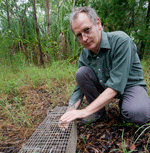
|
|
|
Dr John Woinarski is an internationally recognised researcher in the field of biodiversity. His focus includes threatened species, biogeographic patterning of plants and animals, and the impacts on biodiversity of land use changes and other potential threats. He has developed effective wildlife survey protocols that are now employed as standard practice within the Northern Territory and elsewhere in northern Australia. Dr Woinarski has applied his knowledge to conservation planning, and design and implementation of conservation actions collaboratively with Aboriginal landowners and pastoralists. He is currently writing a book on Australia’s most recent mammal extinction – the Christmas Island pipistrelle.
1 Remains that have not been fully fossilised and still contain organic material.


